Equipment
WRX Insider: A deep dive into the bag of Cameron Champ
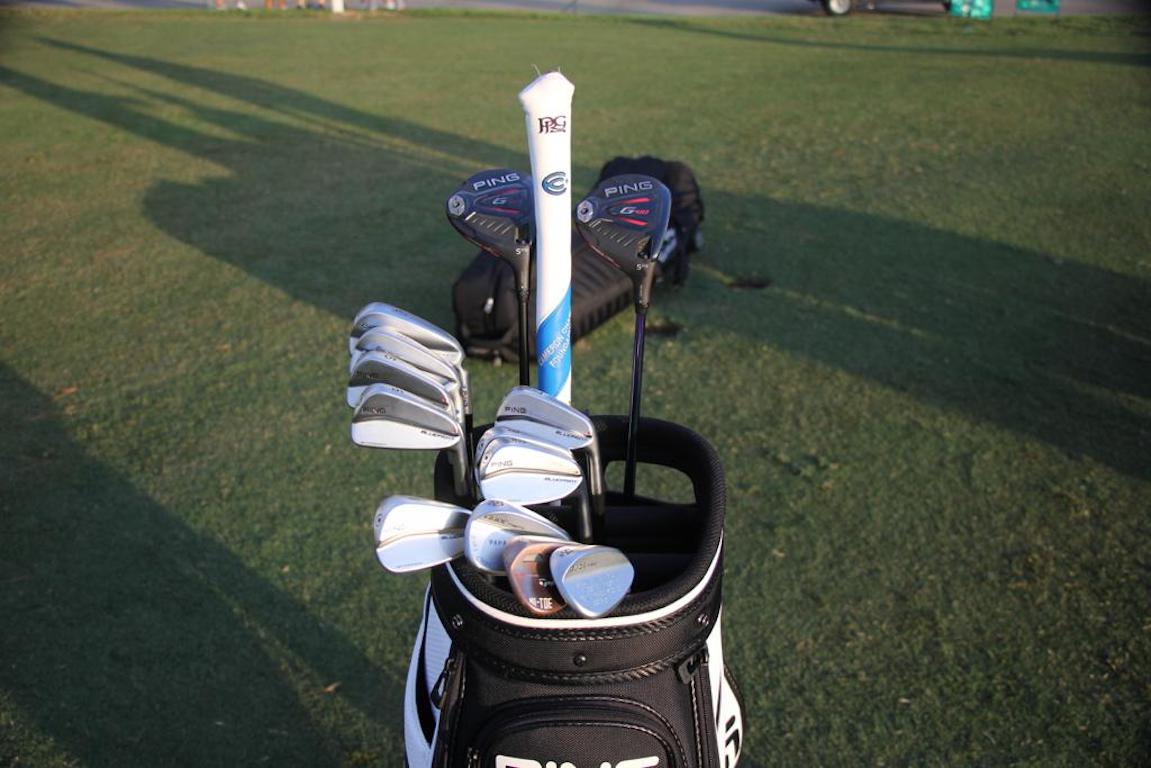
Long hitters on the PGA Tour come in all shapes and sizes, from the oversized behemoth that is now Bryson Dechambeau to the slighter-in-size Rory McIlroy, the traditional long-and-lean Dustin Johnson, and today’s subject, a player who lives (in size) right between Rory and DJ: Cameron Champ.
Of the four players mentioned, the two who live in the prestigious 185+ zip code are Bryson and Cam Champ. Similar speed but on totally different planets with respect to 1) how they get there and 2) the set makeup to complement it.
If you go back to the look into Bryson’s bag, you see a setup that is manipulated to control spin and launch at any cost, even going as far as being one to two clubs strong from a loft perspective. Also, keep in mind that he has the odd factor of having all of his irons at 37.5 inches, so the math is very Bryson worthy.
In the case of Cameron Champ, it’s a totally different animal altogether. What we will find is a player who is looking for launch and spin, plays with modern/traditional lofts, and from a look above, you are looking at a pure speed profile. He’s strong, yes, but between Cameron and Bryson, it’s the difference between Bruce Lee and Hulk Hogan.
Ping tour tech Kenton “K.O” Oates assisted in this deep dive. This is what he had to say on Cam’s bag.
JW: Let’s start with spin and launch. How much of a challenge is it to find Cam a set up that allows control but at the same time doesn’t limit him speed-wise?
KO: Cameron has effortless power. He routinely tests around 190 mph of ball speed and he has much more in the tank if needed. We got to his current setup under the premise that control would equal distance at his speeds. If we could create more center contact and provide optimum spin (2600-3000), then Cameron was going to find more fairways and hit straighter shots, thus resulting in all the distance he would need. Cameron’s ball speed started to challenge our models for launch and spin the more we worked with him. In general, as launch goes down, spin must increase to keep the ball in the air to maximize distance. With Cam, he can launch it lower with less spin than most because his ball speed is so high. The ball stays in the air because it’s going so fast!
JW: If you look at Bryson’s set up versus Cameron’s, as a fitter, what can you tell us about how each player gets to his particular optimization?
KO: I think the biggest difference between Bryson and Cameron are the launch conditions they are trying to create. Bryson is hitting his ball to the stratosphere compared to Cameron. Bryson is a smart guy and he understands that the higher he hits it the more distance he can get. Although Cameron can hit up on it and create numbers that look better on Trackman, he has always been more comfortable hitting a lower launching bullet. My guess is Bryson is hitting up on his driver currently and using much less loft than the almost 10 degrees of actual loft Cameron is playing while swinging down 1-2 degrees.
Bryson studies the science, and the science says to maximize distance, you need to create higher launch with low spin. He accomplishes this with his AOA. No doubt Bryson’s AoA is on the up. This allows him to reduce the loft of his driver which creates faster ball speeds and less spin. The cool thing is that Cam does it the exact opposite. Cam’s AoA is down 1 or 2 degrees. When Cam came to us as a junior, he was down like 6-8! He could hardly spin it under 3,000. Foley has done a great job of getting him closer to neutral, thus increasing his distance by launching it higher with less spin. At one point while working with him, he had his AoA in the plus and he was hitting bombs. He increased his distance but, his accuracy decreased. He has settled at 1-2 down to maximize both his distance and accuracy.
JW: Cam swapped out of G400 Max with Fujikura Tour Spec last season into a profile that lives at the other end of the spectrum. What was that process like?
KO: Cameron got into his current set up at Liberty National two years ago during the FedEx Cup. As stated above, Cameron was looking for consistency over distance during this process. His main goals were to eliminate left, increase center contact and control spin. The last item is sometimes confusing with Cameron. You would think controlling spin with someone at the speed would always be decreasing, but it was the opposite with Cameron. To add the consistency and reduce left we shorted and stiffened the tip of the shaft profile, both these caused his spin at this normal loft to be well under 2,300, which at Cameron’s lower launch, feels out of control. Once we adjusted the driver into the flat+ and got him roughly 10 degrees, of loft it was instantly a home run. Spin stabilized at 2,600 and the visual of seeing more loft really gave Cameron confidence to go ahead and cover his driver.
JW: When it comes to his irons, he switched out of iBlade into Blueprint. What caused the switch?
KO: The Blueprint was always a model that I think we thought Cameron would like. Initial testing Cameron loved the look, feel and capture, but with gamer shafts, he was not getting the right window, and since we were in the middle of the season Cameron went back to iBlades. During the initial testing, we learned a lot as we tried a softer shaft that allowed him to get the height he wanted but ended up being too loose feeling causing great dispersion. Second time we went to work we had a great—no pun intended—blueprint for what Cameron was looking for. Went from DG X100 to DG X700 to give Cameron some added control and also added out Cushin insert, which goes into the shaft and adds about 10 grams of total weight.
JW: Do you do anything special to the sole of his irons to complement his turf interaction?
KO: Blueprints go through the ground so good, we have not had to make any adjustments to Cameron’s or anyone else on tour playing that model.
JW: He (like a lot of players) has gone to a more lofted fairway metal to replace the 3-wood. Does a standard 3 wood just go too far and throws off his gapping?
KO: Spot on, traditional 3-woods were going so far, Cameron he just ended up never using them during competition. Last year at the 3M Open he came to us and had added up the number of 3-woods he hit for the year on courses, and I believe it was single digits. That’s when we started to work on his current fairway wood, which is basically 4-wood.
JW: Any fun Trackman stories?
KO: My favorite is still my first one at an event with Cameron. Cameron qualified for the U.S. Open as an amateur at Erin Hills, an event we decided to launch G400 metal woods. Cameron played a practice round with Rory earlier in which Justin Thomas was supposed to join but for some reason couldn’t make it. After he played nine, he was working with his coach Sean Foley and myself on G400 driver. Rory was a couple of stalls to Cameron’s right and mid-session Justin Thomas walks on the range and Rory goes, “Justin you have to see this,” and points to Cameron. Cameron’s next ball was 200 mph ball speed and on a frozen rope.
JW: What clubs in Cam’s bag are the most challenging to dial in? I would imagine with his low launch that the driver is quite the Rubik’s cube…
KO: To me, it is the club after the driver. 3-woods go forever, and he basically ended up playing around them, so we opted for a 5-wood made into a 4-wood. Also has a G410 2-iron Crossover that he can hit really low and about the same distance as his 4W (280+), and an i500 3 iron built like a traditional 2-iron in terms of length and loft, which has similar flight but little less steam. Cameron will spend his time early in the week with caddy Kurt deciding which one of those options will make the bag each week.
JW: What are his optimal launch numbers with the driver?
KO: Launch 6-8 degrees. Spin 2,600-2,800 RPM. 190-plus MPH ball speed.
JW: What miss is his set up protecting against?
KO: Driver definitely was built to be a straight-to-fall-right anti “left” club. Other than that, Cameron is such a neutral swinger, his stuff is built in much of the same way.
JW: Has he ever considered any other irons in the lineup? I210?
KO: Cameron plays an iBlade 4-iron on the simple fact he doesn’t love how small the Blueprint 4-iron is. From there, he has an i500 “4-iron” that plays in spec just like a three iron would (length, loft, etc). Cameron prefers less offset and has been comfortable with i500 long iron/driving iron options from the beginning, so he has never tested i210.
JW: A lot of Ping staffers are in the PLD custom putters. What can you tell us about what makes those putters so unique?
KO: Tony Serrano has done a great job over the last few years listening to players’ ideas and combining those ideas with holes in our putter line. Combine that with the highest level of production and materials, and you’re going to end up with some really sweet putters.
Cameron Champ WITB: Full Bag Specs
Driver: Ping G410 LST 9@9.75 (Flat + setting) w/ Project X Hzrdus Smoke Green 70G 6.5 TX @44.25 , Tip 1.5″, D4 SW w/ Hotmelt @ *5g Face, 5G Toe*
FW Wood: Ping G410 17.5@16 (Flat – Setting) w/ Project X Hzrdus Smoke Green 90G 6.5 TX@41.75, Tip 1.5″, D4 SW w/ Hotmelt @ *5g Face*
Irons: (4+) Ping I500 4 Iron (4) Ping I Blade (5-PW) Ping Blueprint w/ True Temper Dynamic Gold Tour Issue X7
Loft/Lie/Length/SW
- 4+-21/61.25/38.75/D3+
- 4-23/59.75/38.25/D4
- 5-27.25/60.5/37.75/D4
- 6-31/61.25/37.25/D4
- 7-34.5/61.75/36.75/D4
- 8-38.5/62/36.25/D4
- 9-42.75/62.5/35.75/D4+
- PW-46.25/63.25/35.5/D5
Wedges: Ping Glide Forged (50/10, 54/10@55, 60/08@61.5) w/ True Temper Dynamic Gold Tour Issue S400
Wedge Specs
Loft/Lie/Length/SW
- 50/63/35.25/D5
- 55/63.25/35/D5+
- 61.5/62.5/34.75/D4
Grips: Lamkin UTX
Putter: Ping PLD Anser 2 Matte Raw @35 inches, 20 lie, 2 loft, head weight at 340G w/ Ping PP58 Midsize grip
Ball: Srixon Z-Star XV
Carry Distances:
- Driver: 320-330
- 4-wood: 270-280
- 4i(i500): 245
- 4i (Iblade): 230-235
- 5: 220-225
- 6: 210-215
- 7: 190-195
- 8: 175-180
- 9: 165-170
- PW: 150-155
- 50: 130
- 55: 115
- 60: 85
Equipment
BK’s Breakdowns: Cameron Young’s winning WITB, 2025 Wyndham Championship

Cameron Young’s WITB from his win at the 2025 Wyndham Championship. Cameron is a Titleist staff player but his bag is definitely filled with some unique clubs. Here are the clubs he used to secure his first PGA Tour win!
Driver: Titleist GT2 (9 degrees, A1 SureFit setting)
Shaft: Mitsubishi Tensei 1K Pro Orange 70 TX
3-wood: Titleist GT3 (15 degrees)
Shaft: Mitsubishi Tensei 1K White 80 TX
Hybrid: Titleist GT2 (21 degrees)
Shaft: Fujikura Ventus HB Black VeloCore+ 10 X
Irons: Titleist T200 (4), Titleist T100 (5), Titleist 631.CY Prototype (6-9)
Shafts: True Temper Dynamic Gold X7 (4-9)
Wedges: Titleist Vokey Design SM10 (48-10F, 52-12F, 56-14F @57), WedgeWorks (60-K* @62)
Shafts: True Temper Dynamic Gold X7
Putter: Scotty Cameron Phantom 9.5 Tour Prototype
Grips: Golf Pride Tour Velvet Cord
Ball: Titleist Pro V1x Prototype
Whats in the Bag
Peter Malnati WITB 2025 (August)
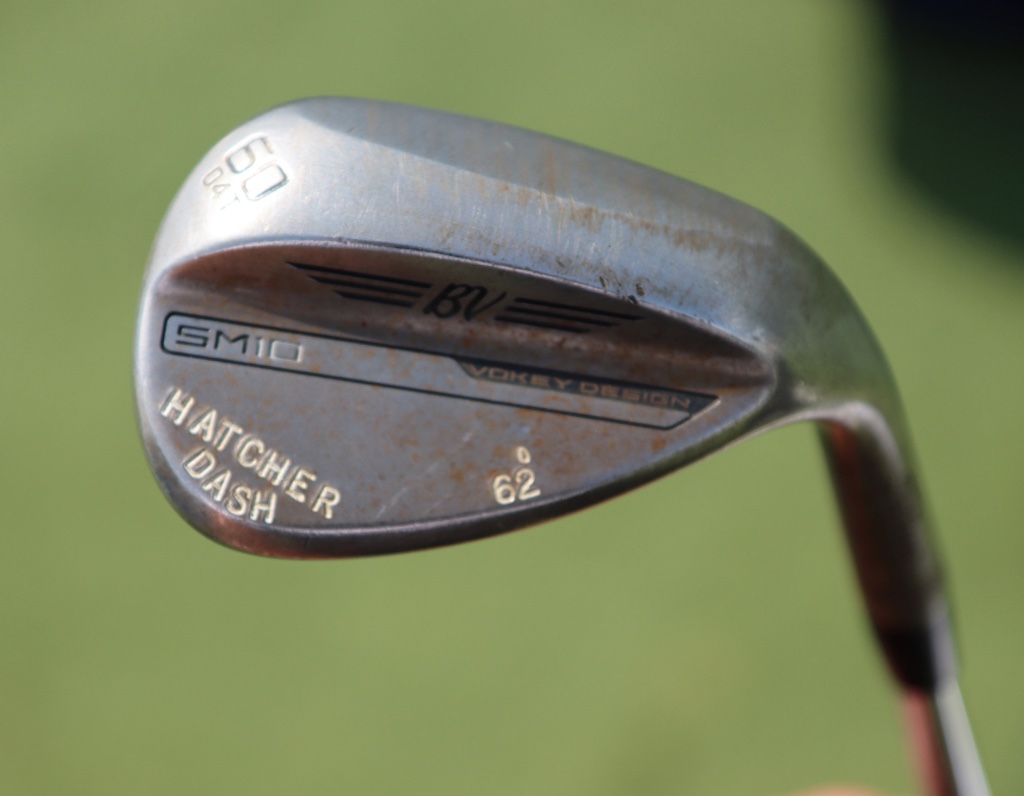
- Peter Malnati what’s in the bag accurate as of the Wyndham Championship. More photos from the event here.
Driver: Titleist GT3 (10 degrees, C2 SureFit setting)
Shaft: Project X Denali Blue 60 TX
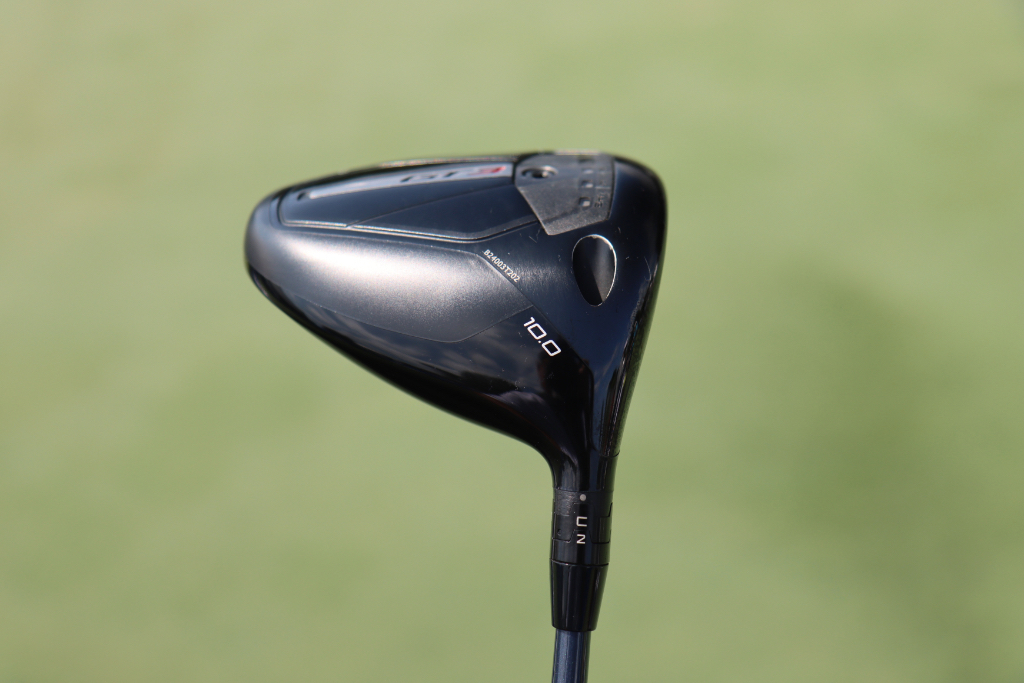

3-wood: Titleist GT3 (15 degrees, A1 SureFit setting)
Shaft: Fujikura Ventus TR Blue 7 X
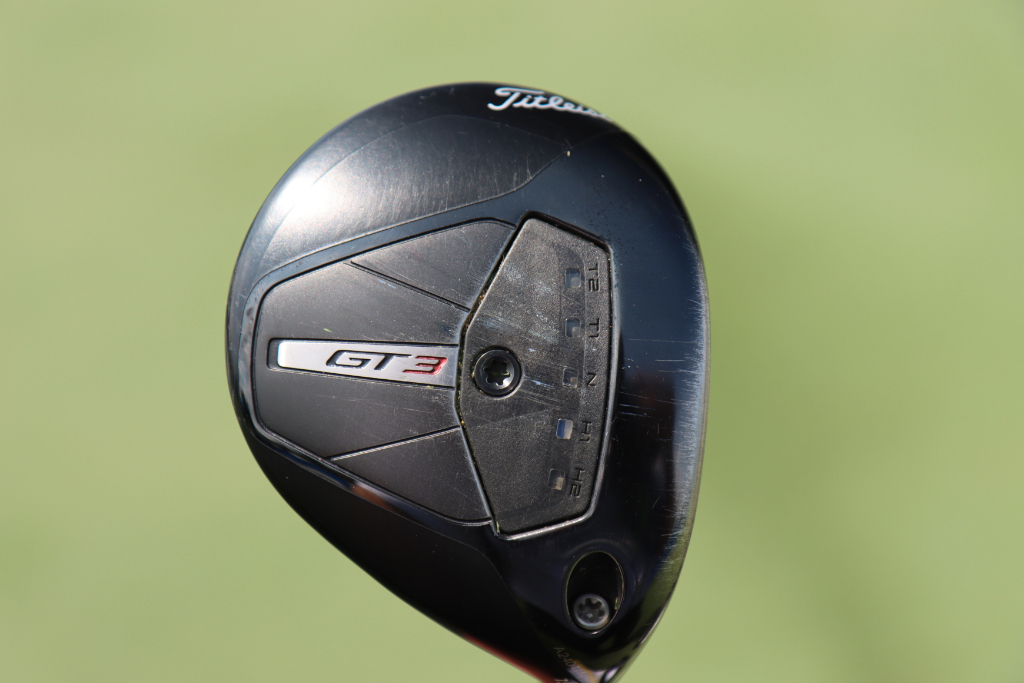
7-wood: Titleist GT2 (21 degrees, D1 SureFit setting)
Shaft: Fujikura Ventus TR Blue 8 X
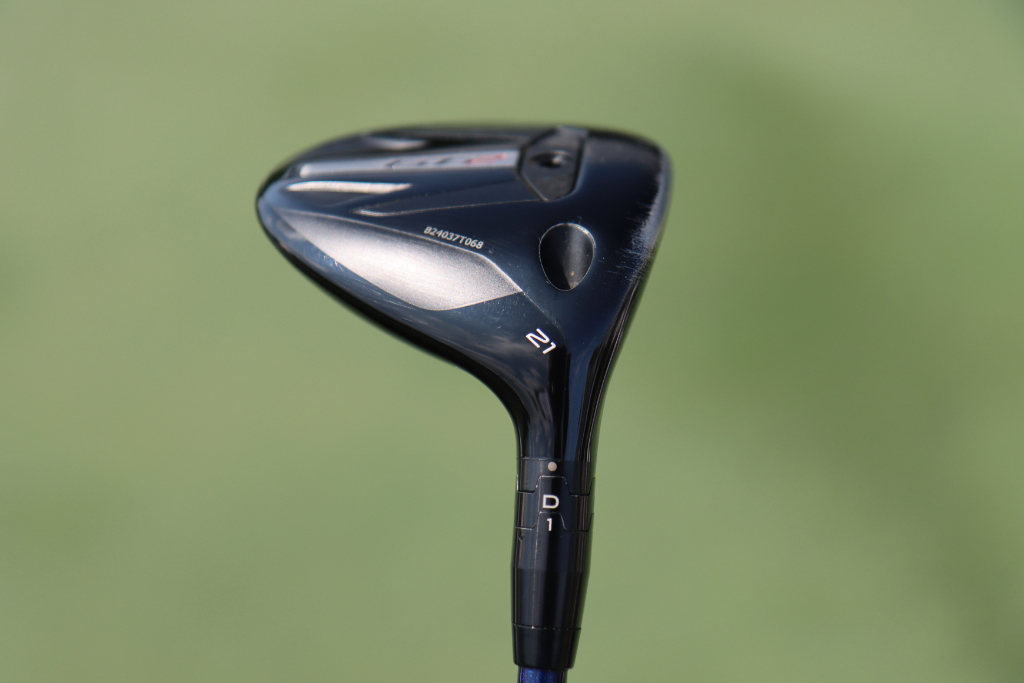
Irons: Titleist T150 (4, 5), Titleist T100 (6-9)
Shafts: True Temper AMT Tour White X100
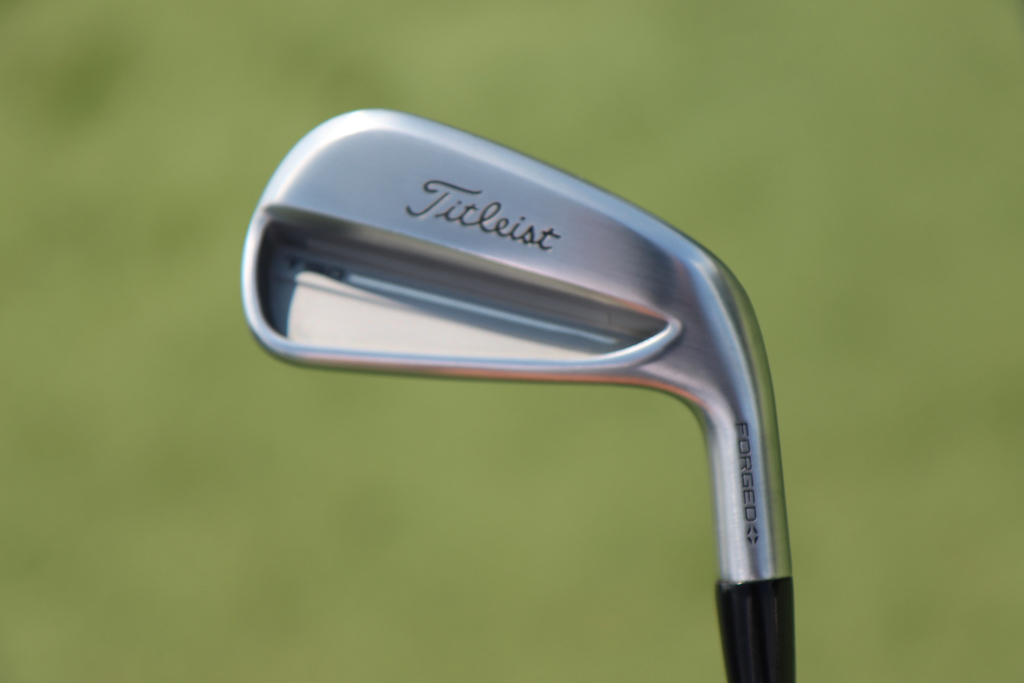
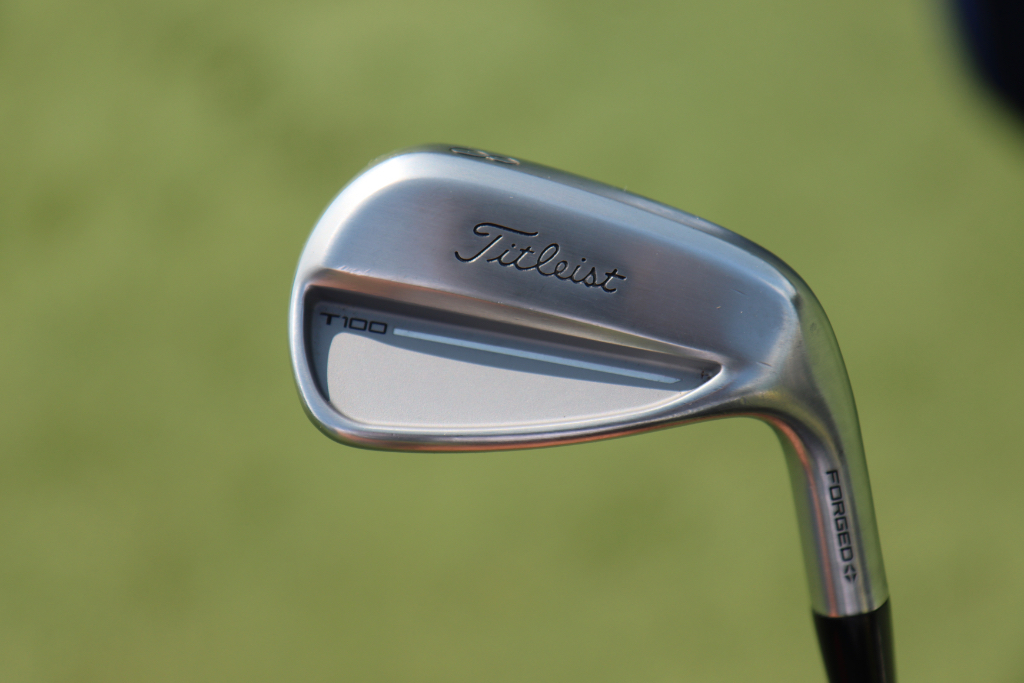
Wedges: Titleist Vokey Design SM10 (48-10F @47, 52-12F, 56-08M @57, 60-04T @62)
Shafts: True Temper Dynamic Gold Tour Issue S400
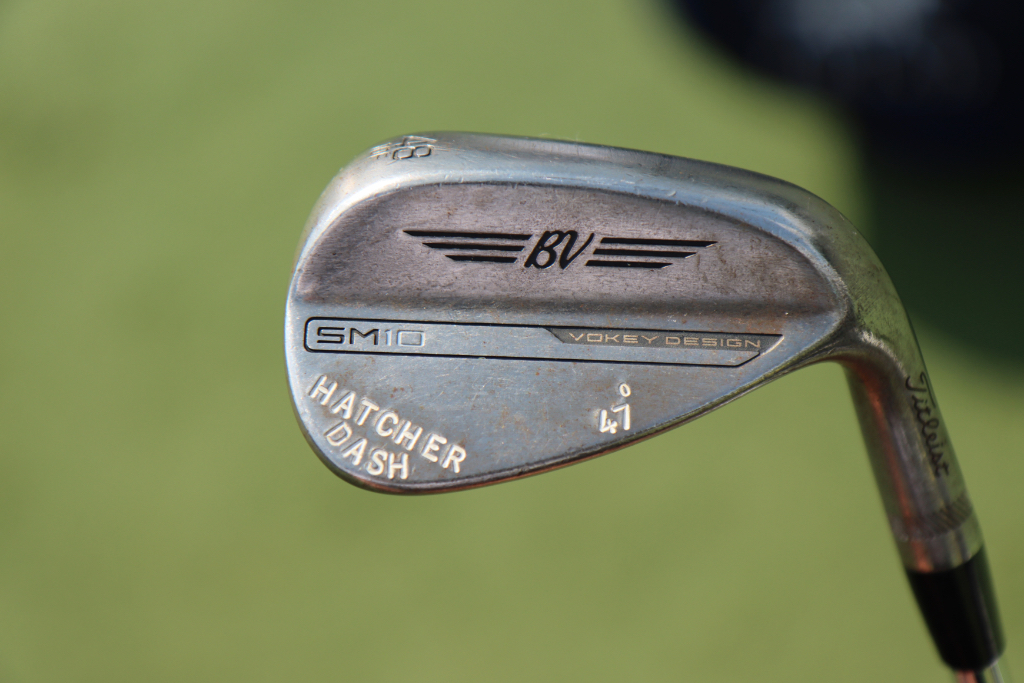
Putter: Scotty Cameron Studio Style Fastback 1.5 Tour Prototype
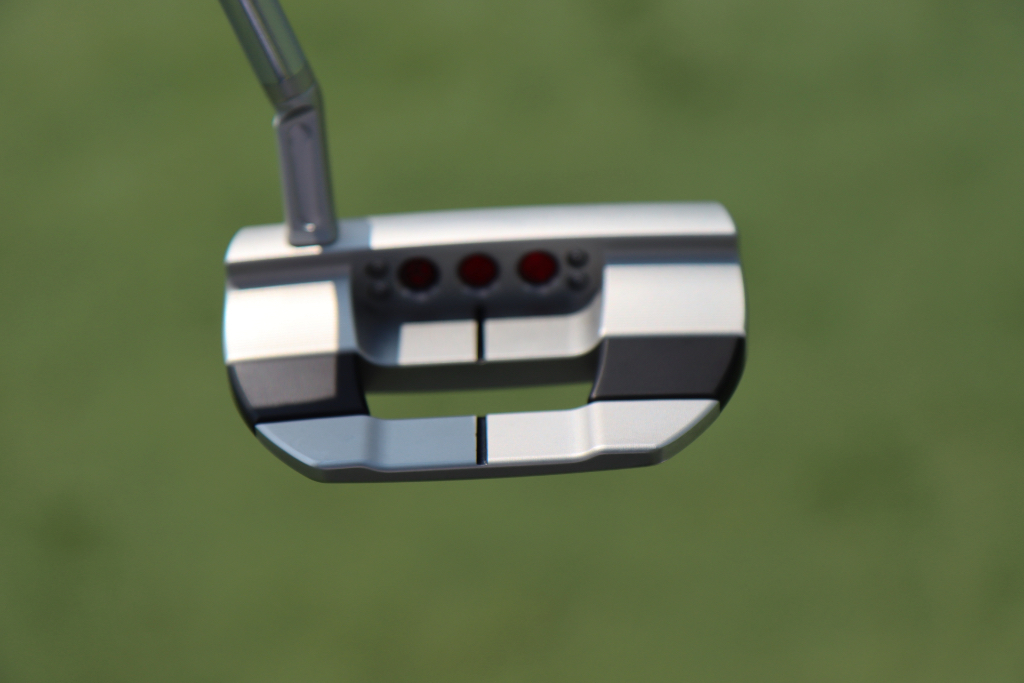
Grips: Golf Pride Tour Velvet
Ball: Titleist Pro V1x Yellow
Equipment
GolfWRX Members Choice presented by 2nd Swing: Best driver of 2025

We’re proud to once again partner with 2nd Swing Golf to bring you GolfWRX Members Choice 2025! 2nd Swing has more than 150,000 new and pre-swung golf clubs available in six store locations and online. Check them out here.

What is the best driver in 2025? At GolfWRX, we take great pride in our online community and the cumulative knowledge and experience of our members. When it comes to the best driver of 2025, we want to know what our forum faithful think.
Since our founding in 2005, the bedrock of GolfWRX.com has been the community of passionate and knowledgeable golfers in our forums, and we put endless trust in the opinions of our GolfWRX members — the most knowledgeable community of golfers on the internet. No other group of golfers in the world tests golf clubs as frequently or as extensively, nor is armed with such in-depth information about the latest technology.
Below are the results of GolfWRX member voting for the 2025 best driver, along with the vote percentage for each club.
Best driver of 2025: The top 5
5. Callaway Elyte Triple Diamond: 6.02%
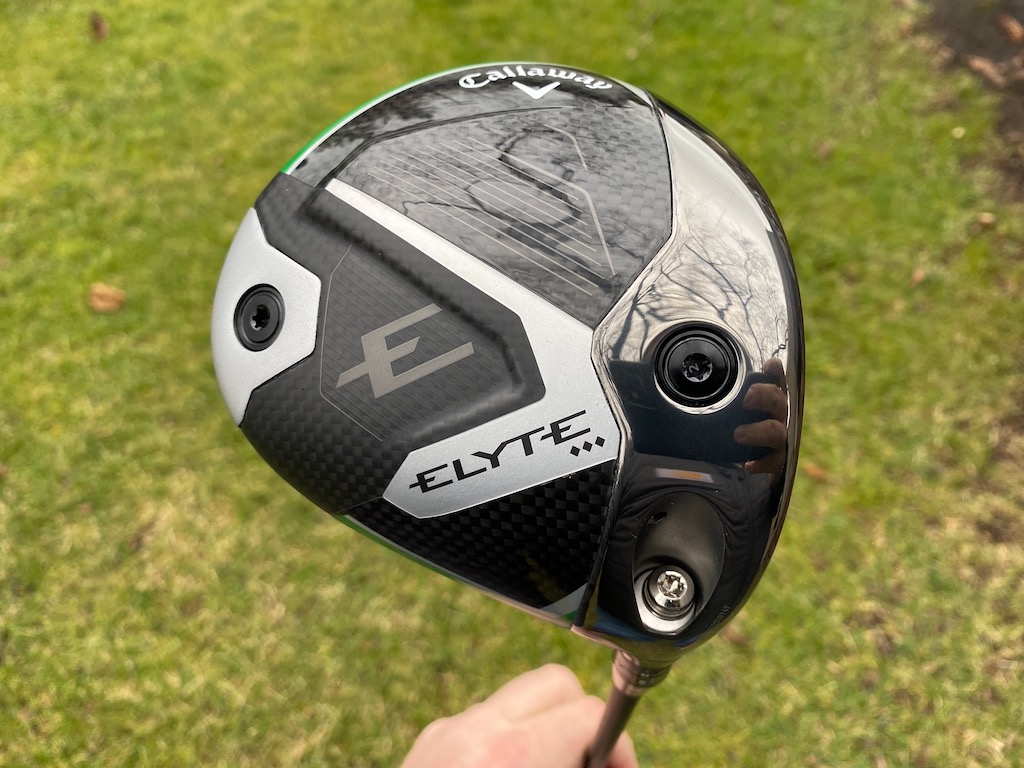
Callaway’s pitch: “For golfers looking for a fast, forgiving, yet workable driver, the Elyte Triple Diamond features a tour-inspired shape and is the preferred model by most Callaway tour players.”
You can read what other golfers are saying about the driver in the GolfWRX forums, and see our launch piece here. Shop the Callaway Elyte Triple Diamond here.
4. Ping G440 Max: 6.86%
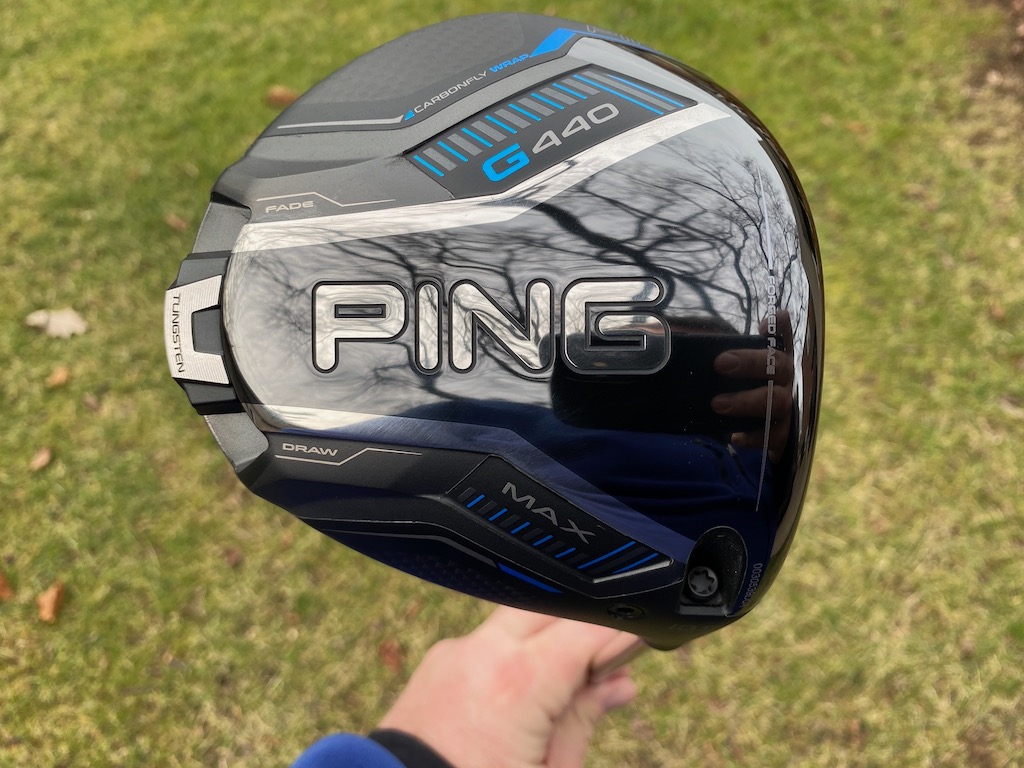
Ping’s pitch: “The most forgiving G440 model, MAX has a hotter face to generate speed and distance, and a lighter overall system weight with a longer shaft (46″) for faster clubhead speed, higher launch and longer carries. The Free Hosel and Carbonfly Wrap crown save weight to create our lowest CG ever and increase forgiveness while contributing to a more muted, pleasing sound.”
You can read what other golfers are saying about the driver in the GolfWRX forums, and see our launch piece here. Shop the Ping G440 Max here.
3. Ping G440 LST: 9.53%
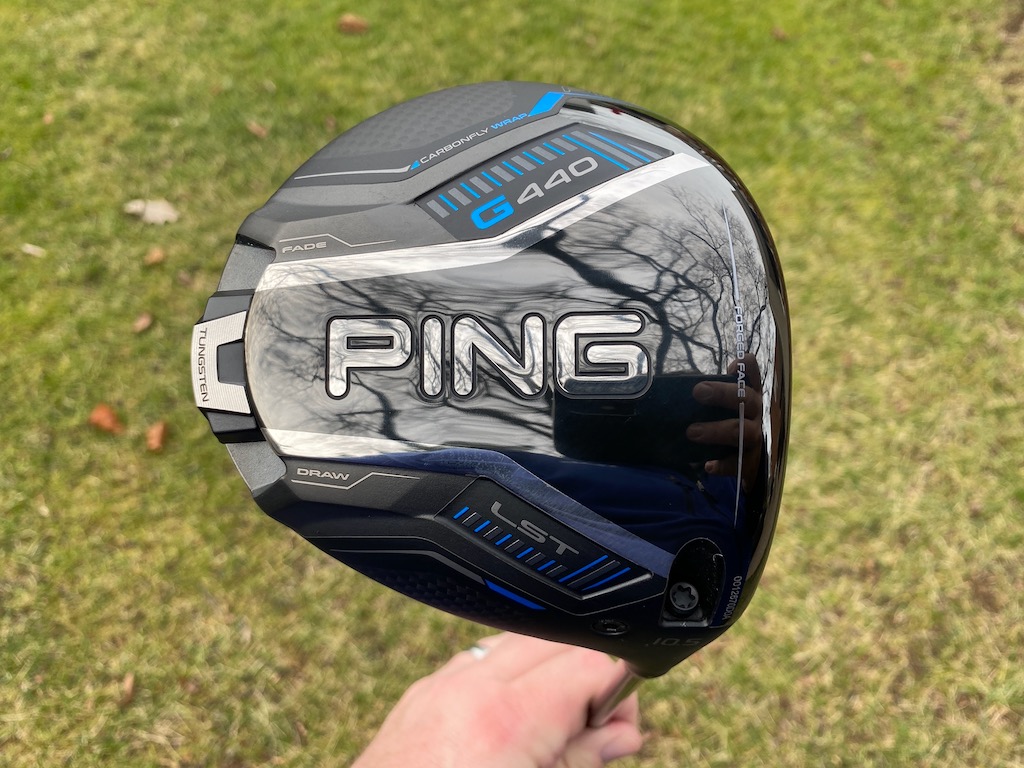
Ping’s pitch: “LST is an especially good fit for faster swings, offering less spin and more control with a penetrating trajectory. A hotter face, lighter overall system weight and longer shaft (46″) deliver more speed and distance while maintaining tight dispersion.”
@phizzy30: “Not a fan of Ping drivers in general, but 440 LST takes the cake. It’s super forgiving across the face for a low spin head, looks and sounds good and the ability to make it play neutral or slightly fade biased through the hosel settings is very appealing.”
You can read what other golfers are saying about the driver in the GolfWRX forums, and see our launch piece here. Shop the Ping G440 LST here.
2. Titleist GT3: 16.55%
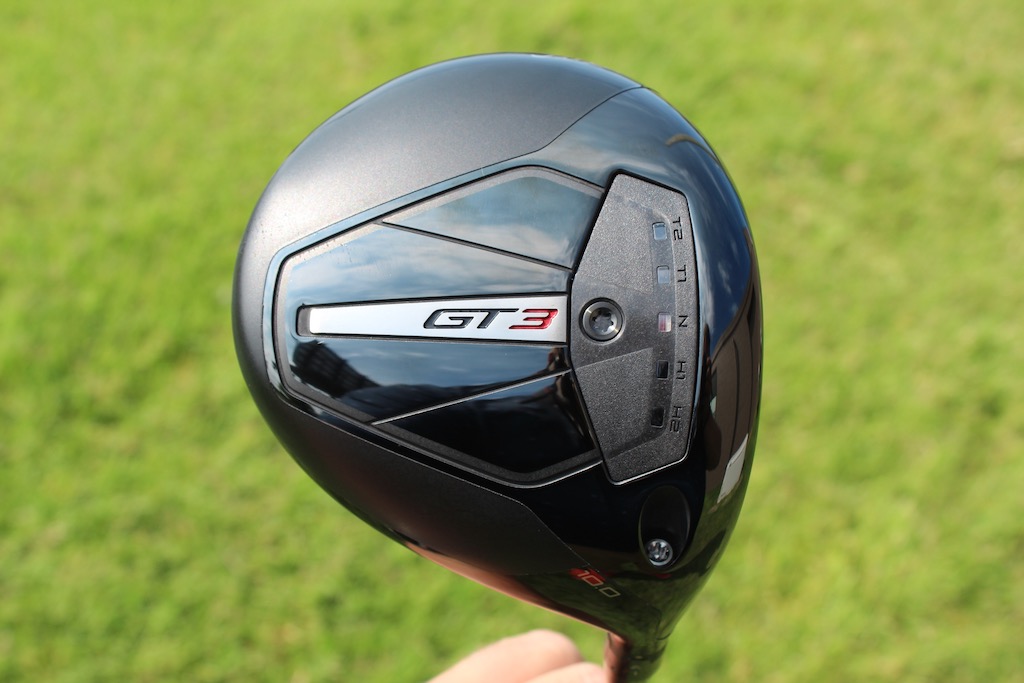
Titleist’s pitch: “The GT3 Driver offers Titleist’s boldest combination of power and personalization through adjustable performance. Dial in the CG Track to your frequent contact location to make your biggest drives even bigger while taking total control over flight and shaping.”
@mrmikeac: “I’ve been Anti-Titleist for years and years and years (outside of Vokey, of course). With that being said, HOLY BEGEEZUS the GT3 driver is an absolute NUCLEAR MONSTER! This thing blew my G430 10K Max out of the water in every single category. Forgiveness is the biggest thing that stands out of me, the 3 model has always been one of the less forgiving models in the past but this GT3 can take bad shot after bad shot and still end up in the fairway, I think a ton of that has to do with the adjustability, it’s actually effective. Feel and sound is perfect, that solid crack is so addicting to hear and when you hit it out the screws this thing can absolutely bomb it. Titleist, I’m sorry for doubting you. You have converted me.”
You can read what other golfers are saying about the driver in the GolfWRX forums, and see our launch piece here. Shop the Titleist GT3 here.
1. Titleist GT2: 22.91%
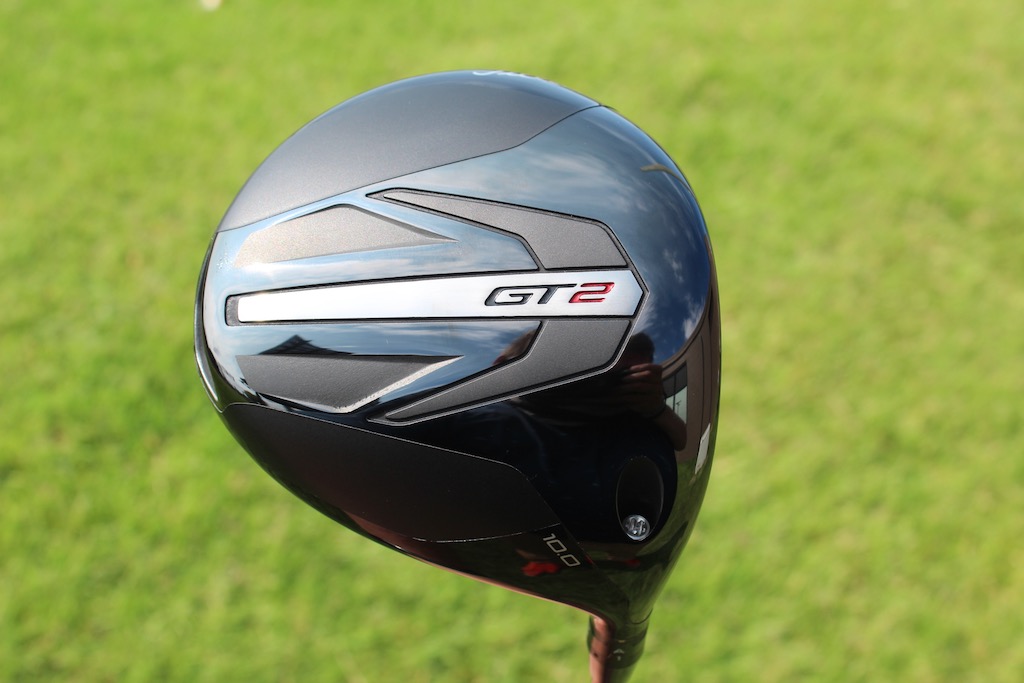
Titleist’s pitch: “Delivering impressive distance from any impact point, the Titleist GT2 Driver extracts maximum performance through a forgiving design. Get the stability and added confidence of a high-MOI driver without sacrificing speed.”
@DTorres: “The Titleist GT2 has proven to be the best driver of the year. Packaged in a classic profile, GT2 perfectly balances performance and forgiveness while consistently being a high performer across all categories.”
You can read what other golfers are saying about the driver in the GolfWRX forums, and see our launch piece here. Shop the Titleist GT2 here.
Other drivers receiving >2% of the vote
| Driver | Vote percentage (%) |
|---|---|
| Cobra DS Adapt Max K | 4.85% |
| Ping G430 Max 10K | 3.85% |
| Callaway Elyte Triple Diamond | 3.68% |
| TaylorMade Qi35 | 3.51% |
| Callaway Elyte | 3.18% |
| Cobra DS Adapt X | 2.34% |
| Cobra DS Adapt LS | 2.17% |
| TaylorMade Qi35 LS | 2.17% |
View this post on Instagram



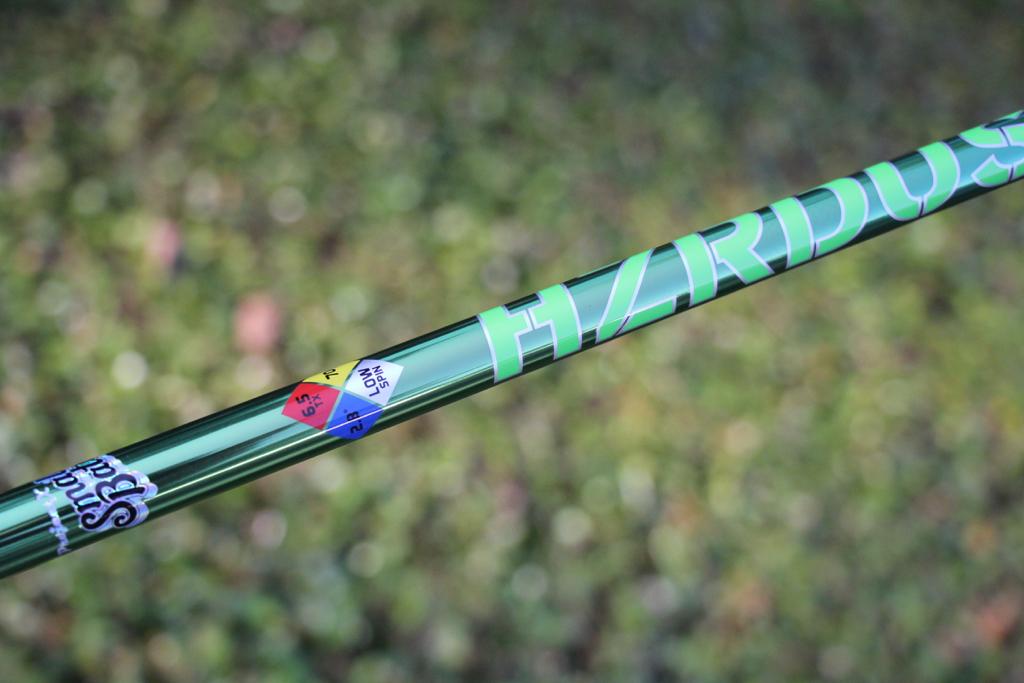


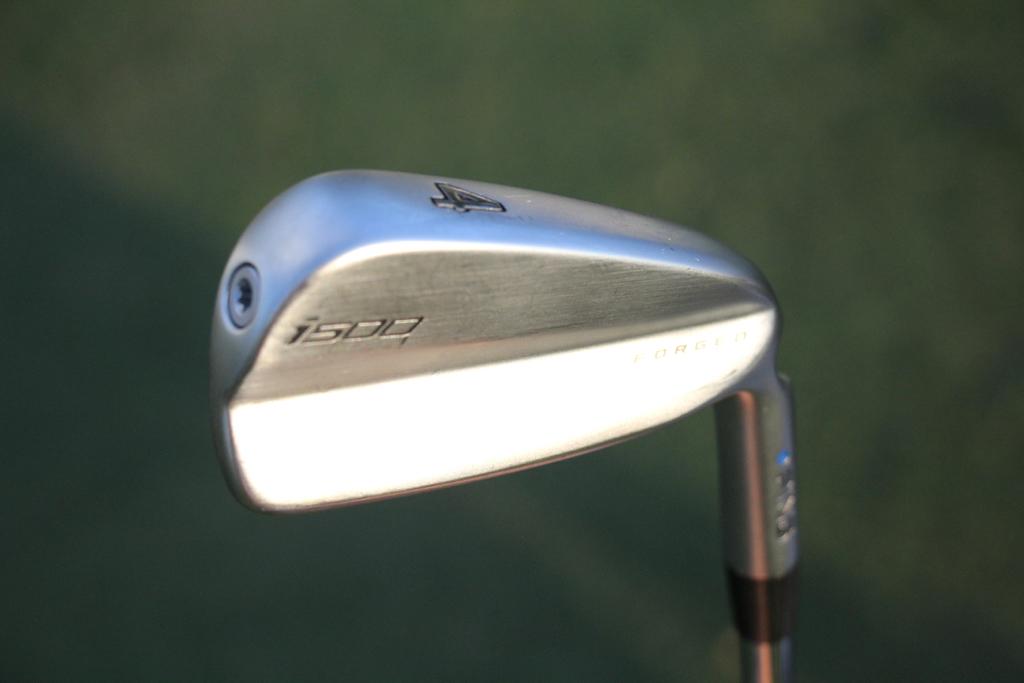
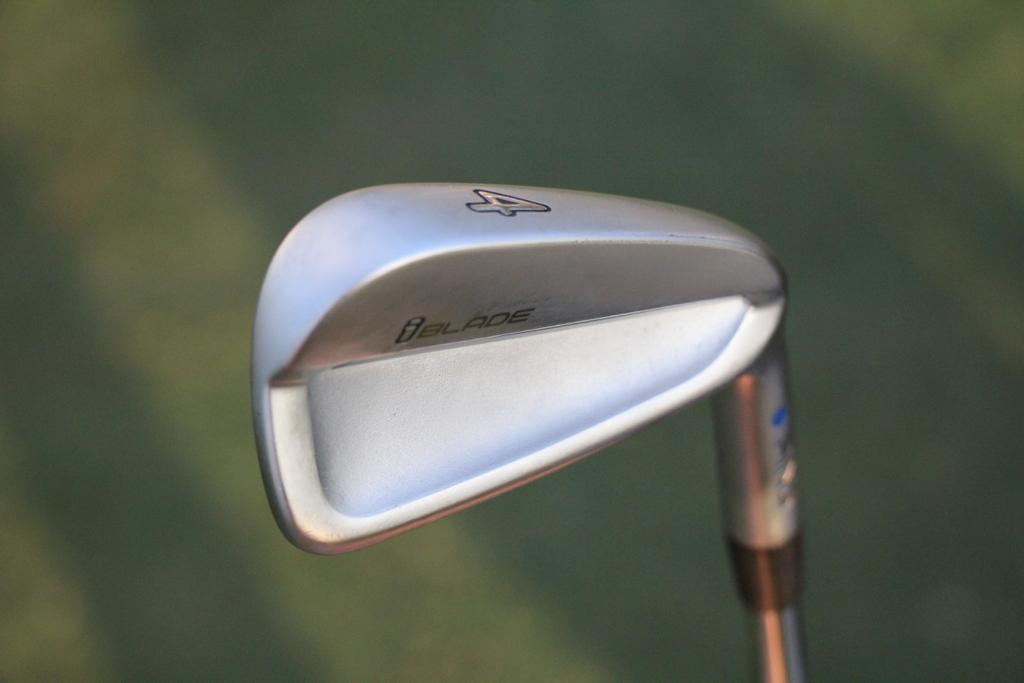
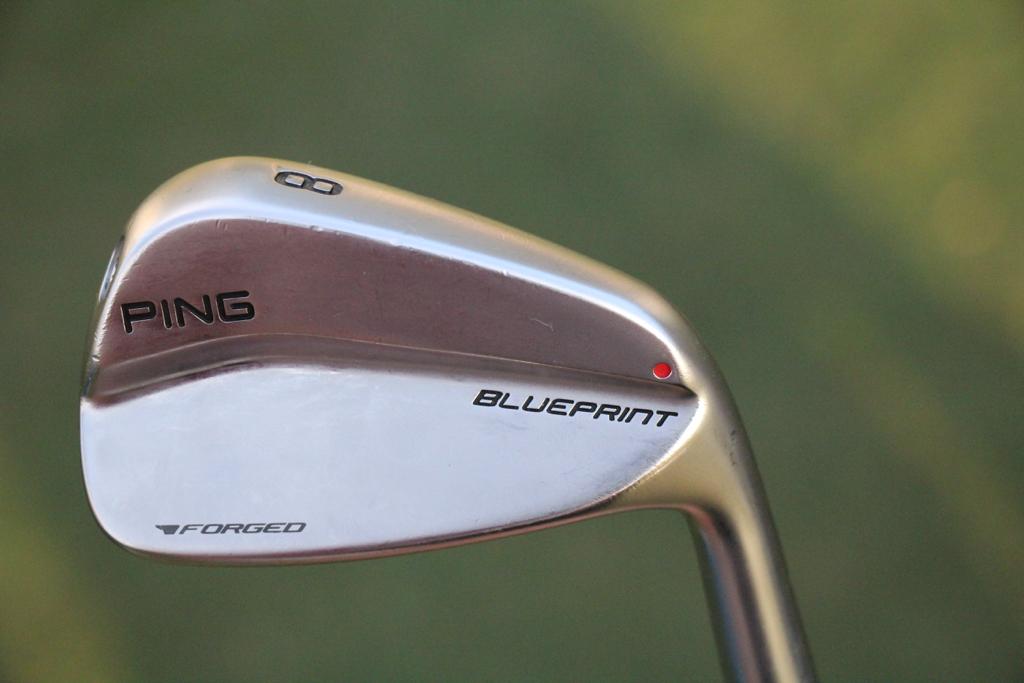























will
Jun 26, 2020 at 11:59 pm
ahhh man, wanted to see the putter
stanley
Jun 26, 2020 at 7:00 pm
this is an awesome detail of cameron’s champ. what a fascinating player.
The Truth
Jun 26, 2020 at 6:41 pm
Srixon XV is LONG!
Jordan
Jun 26, 2020 at 2:12 pm
This is 10x more impressive than the Bryson stuff. His ‘slingshot’ swing is incredible.
Sam Bozoian
Jun 26, 2020 at 12:12 pm
Not great timing JW. I guess clubs are clubs though